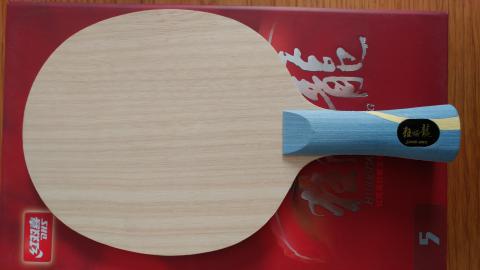says
MIA
says
MIA
Well-Known Member
Cool Deal - If you can find HDF, I think you'll be much happier. HDF is normally about 25% more dense than MDF and a whole lot less sensitive to moisture, etc (say if the table is in your garage). High density plywood can work ok, but higher end plys like baltic birch are very nice and also tend not to warp on you over time.
Good luck with your build!
Hi Richard,
First of all thank you for your products, inspiration and posts. Furthermore, I think it's really cool that you encourage DIY's and provide advice for these projects.
I've gathered just about all the supplies I need to build my own returnboard a few months ago, similar to the one suds79 is describing (music stand base), but I haven't gotten around to building it and the only thing I'm missing is the wood. Considering your expertise and what you've already said on this thread, which type of wood and thickness provides the most quality and best bounce according to you? What's the best bang for your buck?
Best, - Thomas
Last edited:













